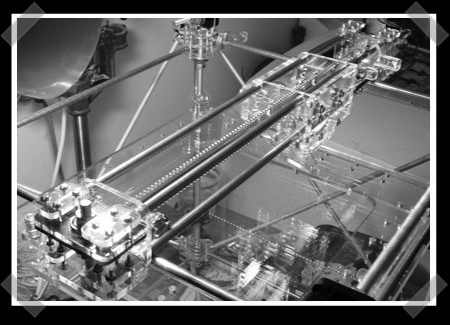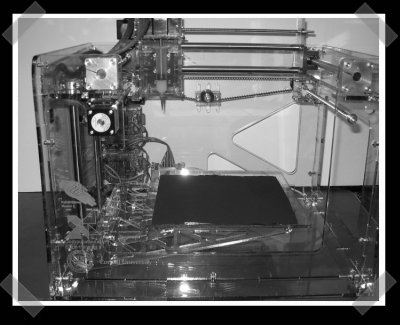[youtube=http://www.youtube.com/watch?v=KsqNPXCm3jc]
[Deviant Ollam], lockpicker and beverage cooling contest host, was recently in Vienna, presumably for DeepSec. While there, he stopped by the Metalab hackerspace and checked out their RepRap rapid prototyping machine. You can see video of his visit above. He had them construct a custom fitted cover for the flash of his point and shoot camera. That’s what we love about rapid prototyping. Many of the projects we cover here solve a particular problem, but would never be considered commercially viable enough to put into production. With the availability of rapid prototyping increasing, hackers can start moving toward producing even more complex objects specific to their needs with a finish closer to commercial products.














